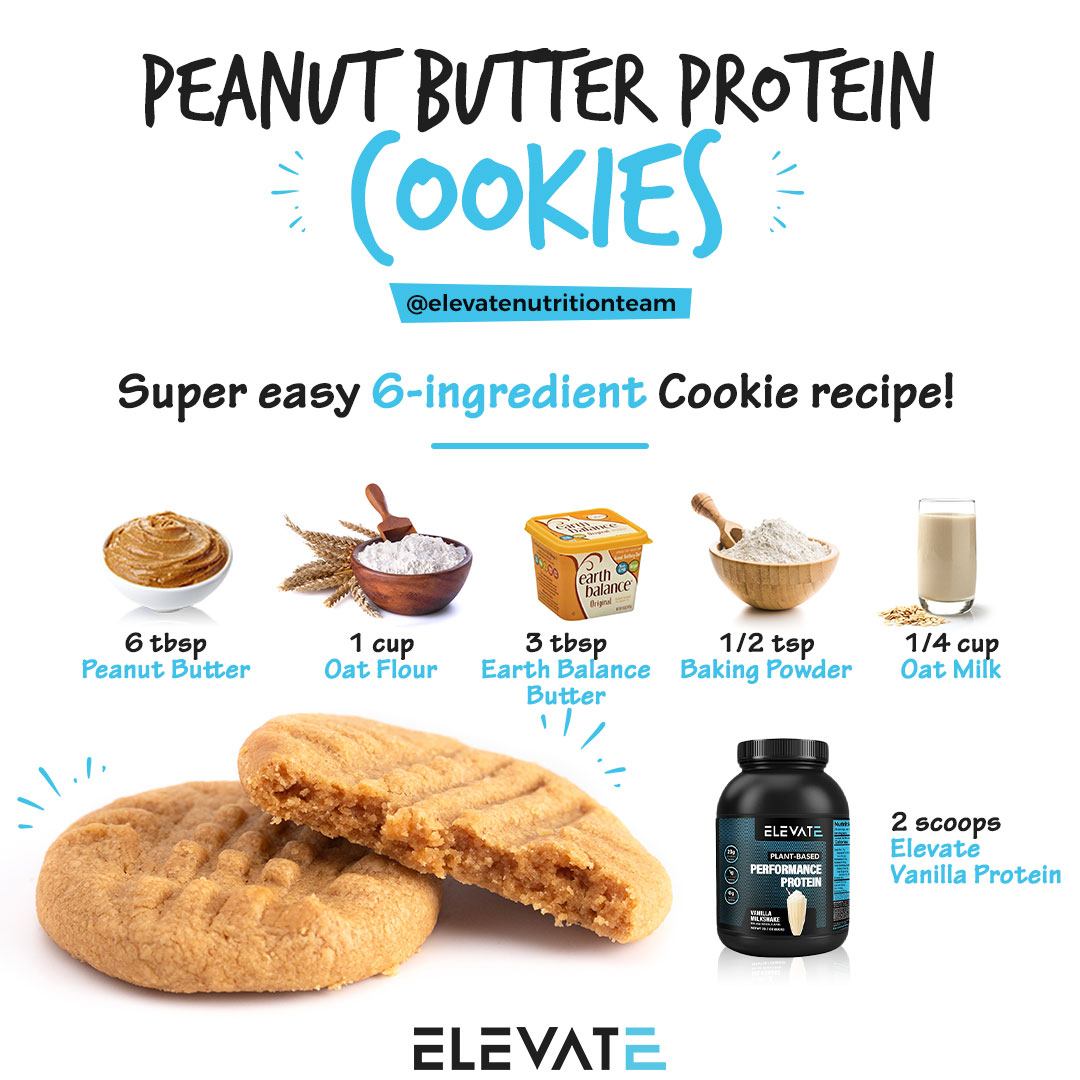


“Pea protein is wonderful to make soups or sauces with,” Sward says. Sward recommends stirring the powder into already-hot things like oatmeal - once they’re fully cooked (and slightly cooled), and if you want to make a sauce or soup, stick to vegetable-based powders. “And a cheap brand may put in less actual protein and more fillers to keep costs low.” Curds of WheyĪnyone who has ever tried to heat milk for hot chocolate can tell you that curdling is an issue, and since whey and casein proteins are milk derivatives, they can act similarly if heated directly. “Casein, for instance, uses more liquid to dissolve than whey,” Nielsen says. Don’t oversaturate the recipe with protein on the first try, reduce the other dry ingredients slightly or add a little extra baking powder to baked goods.”Īlso, not all protein powders dissolve in the same manner, and the added ingredients can change how they react in a recipe. “If you’re baking, take care that the consistency of the batter looks as thin or slightly thinner than your traditional dough or batter. “Protein wicks moisture and does not contribute any,” says Courtney Nielsen, BA, AFAA, amateur bikini competitor and author of Protein Powder Cooking … Beyond the Shake (Ulysses Press, 2016). When cooking with protein powder, you might encounter an issue with dryness. And for those who are dairy sensitive or lactose intolerant, plant protein won’t lead to bloat or GI distress. “The worst thing that can happen is that it’ll end up a bit dense.”Īnd for those dubious souls who don’t think that plant proteins are as good as animal-based ones, chew on this: A study in Nutrition Journal found that rice protein was just as effective as whey in building muscle and strength among active people. “The veggie powders are wonderful because they’ll never turn gross or rubbery,” Sward says. When baking, make sure that 30 percent or less of your batter is whey protein or default to a plant-based product. “It has a tendency to dry up your recipes and turn them rubbery, and you end up with hard ‘things’ that are more like weapons than food.” “Whey is a very unique type of protein,” Sward says. Never treat protein powder as a flour substitute because it will not react the same way chemically with the other recipe ingredients - especially whey protein. Here is what you need to know before getting your bake on. It takes a little practice and sometimes a good dose of patience. “My thinking is, Why have a shake when you can have a cake?”Ī word of warning, though: Cooking with protein powder is a little more complicated than just chucking in a handful and sticking it in the oven.
#Protein cookie recipes with baking powder full
“By treating protein powder as an ingredient versus just the base for a shake, you can create healthy foods that taste unhealthy yet are packed full of nutrition-dense ingredients,” says Anna Sward, MA, Ph.D., author of The Ultimate Protein Pow(d)er Cookbook (Countryman Press, 2014). There are tons of ways to incorporate protein powder into actual real-food recipes, and anything from soup to salad to sweet treats can benefit from a scoop or two. Time to cook creatively - with protein powder. That can get boring, though, especially when you really want to nosh, nibble or crunch. Since you can only eat so much food over the course of the day, most of us default to protein shakes for an extra dose of aminos. Like they say, bodies are not made in the gym but in the kitchen, and any good athlete knows that protein is essential when trying to add lean, metabolic muscle to your frame. Get access to everything we publish when you


 0 kommentar(er)
0 kommentar(er)
